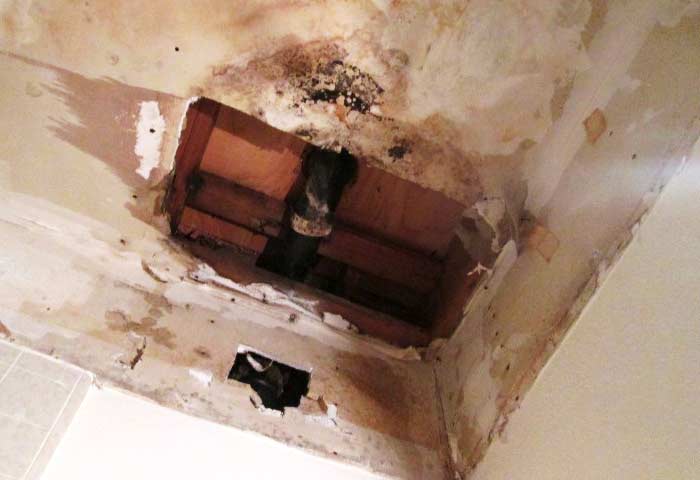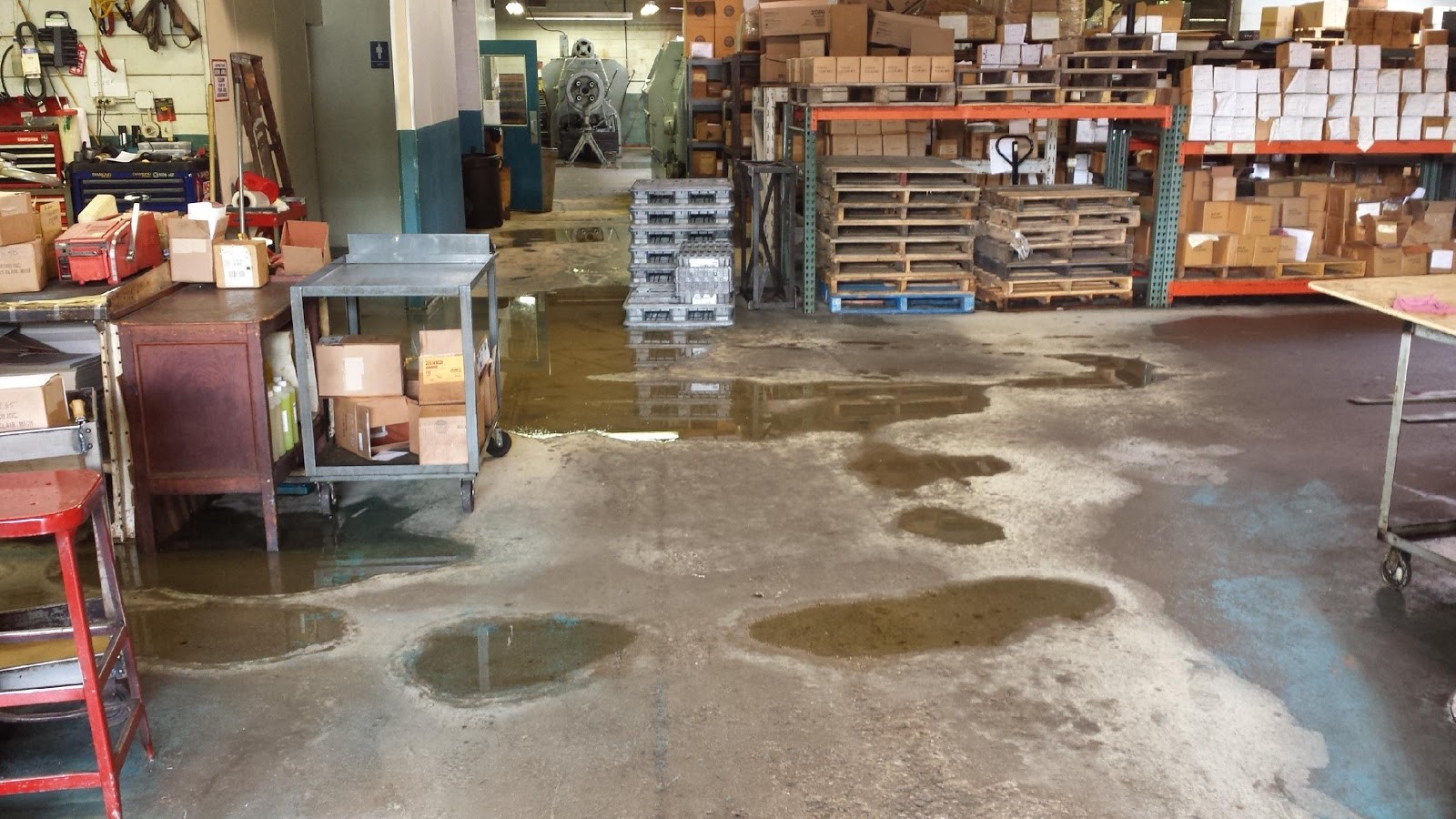What to Understand About Septic Tank Maintenance for Every Household
What to Understand About Septic Tank Maintenance for Every Household
Blog Article
The article below in relation to The Do’s And Don’ts After Water Damage is amazingly captivating. Don't overlook it.

What should you do if a water pipe bursts in your house? Do you want a mini-waterfall and also flooding in a location of your residence? You need to act quickly if you find yourself in this situation. The longer you wait, the extra severe the damage that can occur to your building. The clearheadedness is key in these events. For these reasons, you need to discover how to act in the event of a burst water pipe. Take a look at the adhering to pointers listed below to aid you act quickly because time is of the essence.
Shut down the Main Waterline Shutoff
The first thing to do? Close the shut-off valve. Search for the regional shut-off valve to shut off the water in one particular area only. Go for the major water line shutoff as well as transform it off if you don't understand where the local shut-off shutoff is. This step will cut off the water instantly in your whole residence. Usually, the main valve is found outside the home next to the water meter. If it's not there, you can also find it in two areas: in the cellar at eye degree or the first floor on the ground. Usually, home builders put the shut-off valve generally ground degree shower room or best next to it.
Call Water Damage Reconstruction Pros for Assistance
After closing the water source, call the specialists for assistance. With their specialist help, you can protect against much larger water damages including deformed baseboards, loose floor tiles, or damaged frameworks.
Record the Damage For Insurance policy
While you're waiting for the pros to get here, get some documentation of the damage triggered by the wayward pipeline. Do close-up shots of the damaged spots as well as prized possessions.
Salvage Things That Can Be Saved
When you're done taking images, check out the harmed items and get the most important ones from the stack. Dry them off in a dry/warm place away from the damaged location and also attempt to maintain them as much as you can. Drag as much moisture as you can to the material so it can begin to dry.
Beginning the Drying Refine
You require to begin the drying out procedure asap. The good news is, the water from your waterlines is currently tidy so you do not need to bother with drain water. The streaming water may have disrupted the dust and debris in your floorboards and also carpetings. In this instance, placed some handwear covers on as well as begin some damage control. Usage containers to dispose out the water. Blot out as much water as you can from the surfaces with old towels. Turn on an electrical follower or open your home windows to advertise air circulation. These steps will hasten to completely dry and also prevent mold and mildew development.
Specialists are the only people certified to examine correctly and also repair the burs pipelines as well as succeeding damage. They usually provide silent red flags like gurgling paint, water stains.
What should you do if a water pipeline bursts in your residence? For these reasons, you require to learn just how to act in the event of a ruptured water pipe. After closing the water source, call the experts for help. With their professional help, you can stop a lot larger water damages including deformed baseboards, loosened tiles, or damaged frameworks. Fortunately, the water from your waterlines is currently clean so you do not have to stress about sewage system water.
BROKEN WATER PIPES: COST TO REPLACE & WAYS TO FIX A PIPE
CAUSES OF A BROKEN WATER PIPE
A water pipe can break for several reasons depending on the environment you live in, type of pipe, and circumstances.
The most common cause of broken pipes is freezing. If you live in a colder climate, this could happen. When water freezes it increases in volume by 9% and the pressure in the pipes can go from 40 psi to 40,000 psi. Clearly, this could be detrimental to the pipes. Water freezing causes quick expansion, which puts stress on the pipes and could lead them to crack or weaken. When water thaws, it will leak out the cracks. Other changes in water pressure can also cause breakage. Another common cause of broken water pipes is age.
Depending on the material, water pipes can last anywhere from 70-100 years. But the older they get, the more susceptible they are to weakening and corroding. Older pipes coming into contact with another material could speed up the corrosion process as well. PVC pipes can become brittle with age, while copper is prone to corrosion and stress over time. Something that could also potentially break water pipes is when they move. They may move from construction or the house settling. Moving can stress the fixed pipe which may lead to a leak or burst pipe.
HOW MUCH WATER COULD LEAK INTO YOUR HOUSE FROM A BROKEN PIPE?
The amount of water that leaks depend on how big the break in a pipe is. If it is just a minor crack, water will slowly leak out. This isn’t as serious as a full broken pipe, but it can still cause significant damage to your home. Burst pipes can leak up to 10 gallons of water per minute. The amount of water leaked also depends on what appliance is involved. The water line to your refrigerator can leak ½ to 1 gallon per minute depending on water pressure. One toilet supply line may leak 2-3 gallons a minute and a washing machine hose will leak up to 10-12 gallons per minute.
TURN THE WATER OFF
Doing this first is imperative; everything else can wait. You need to deactivate the water supply to stop the flow of water and prevent more water from leaking into your home. Shutting off the water could potentially save you thousands in water damage repairs. Locating the water shutoff valve depends on the climate you live in. For colder climates, the valves are usually inside, such as in the basement. For houses in milder weather, the shutoff valves will probably be outside—either attached to an exterior wall or in an underground box with a removable lid.
OPEN A FAUCET
The next thing to do is to open a faucet or turn on a sink. This will relieve any remaining water pressure in the pipes and ensure a full-shut down.
GET RID OF THE WATER
The quicker you get rid of the water, the less water damage and mold there could be. Use a mop and a shop vacuum to help get clean up the water. Use towels to dry everything the best you can.
CUT AND REMOVE THE DAMAGED PIPE
Once you have shut off the water and drained the damaged water pipe, you can begin to fix the issue. Cut out the damaged section of the pipe with a pipe cutter, ensuring that you also cut one inch extra on each side of the damage. Once you get rid of the broken part of the pipe, you may begin repairs.
https://www.wmhendersoninc.com/blog/broken-water-pipes-cost-to-replace-ways-to-fix-a-pipe/

As a passionate reader on Rules For Handling Water Damage, I think sharing that portion was necessary. If you enjoyed reading our page plz don't forget to pass it around. Thank you for taking the time to read it.
Report this page